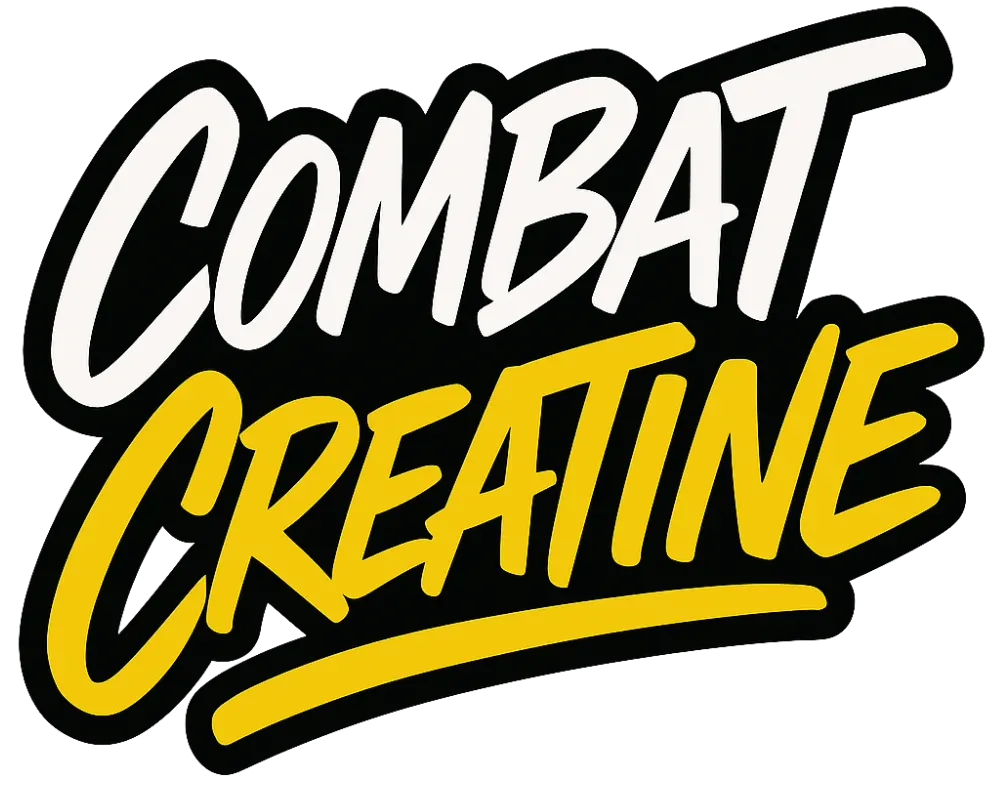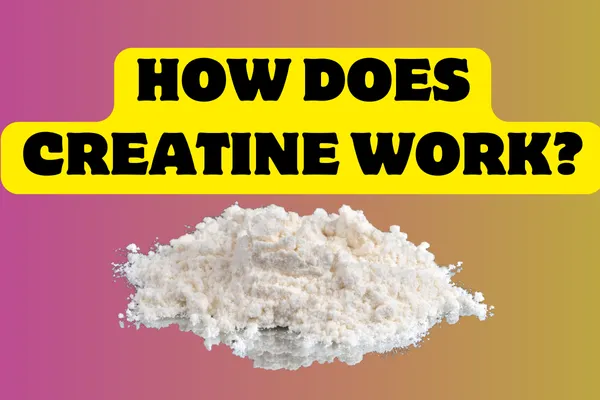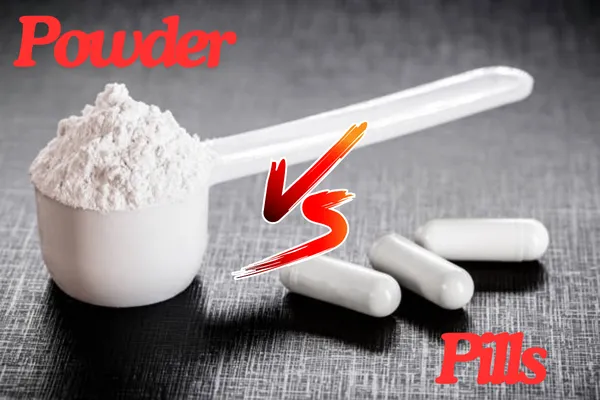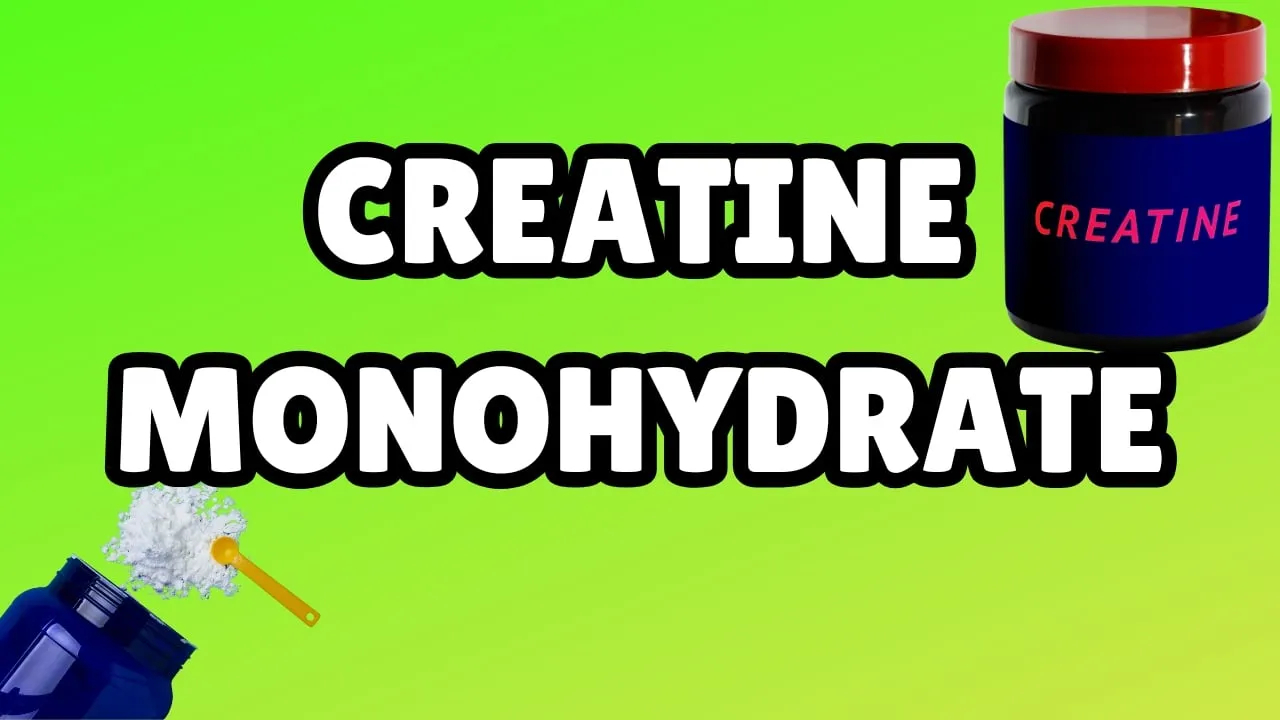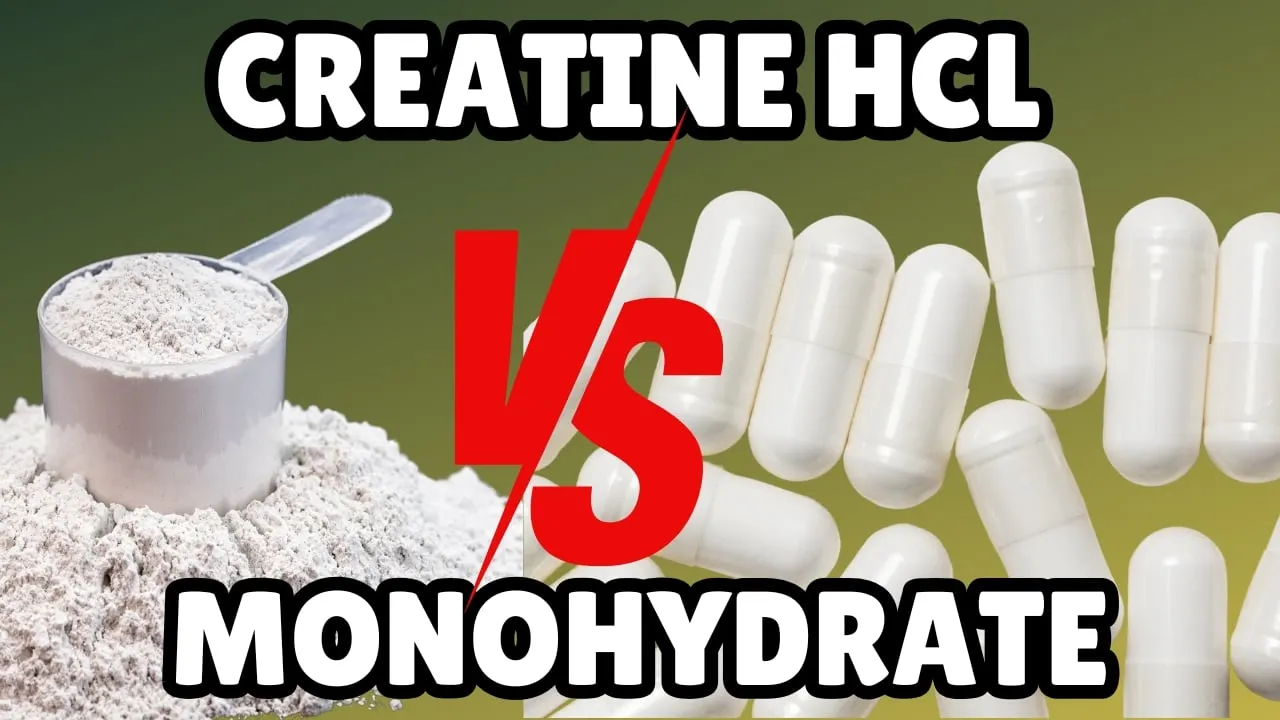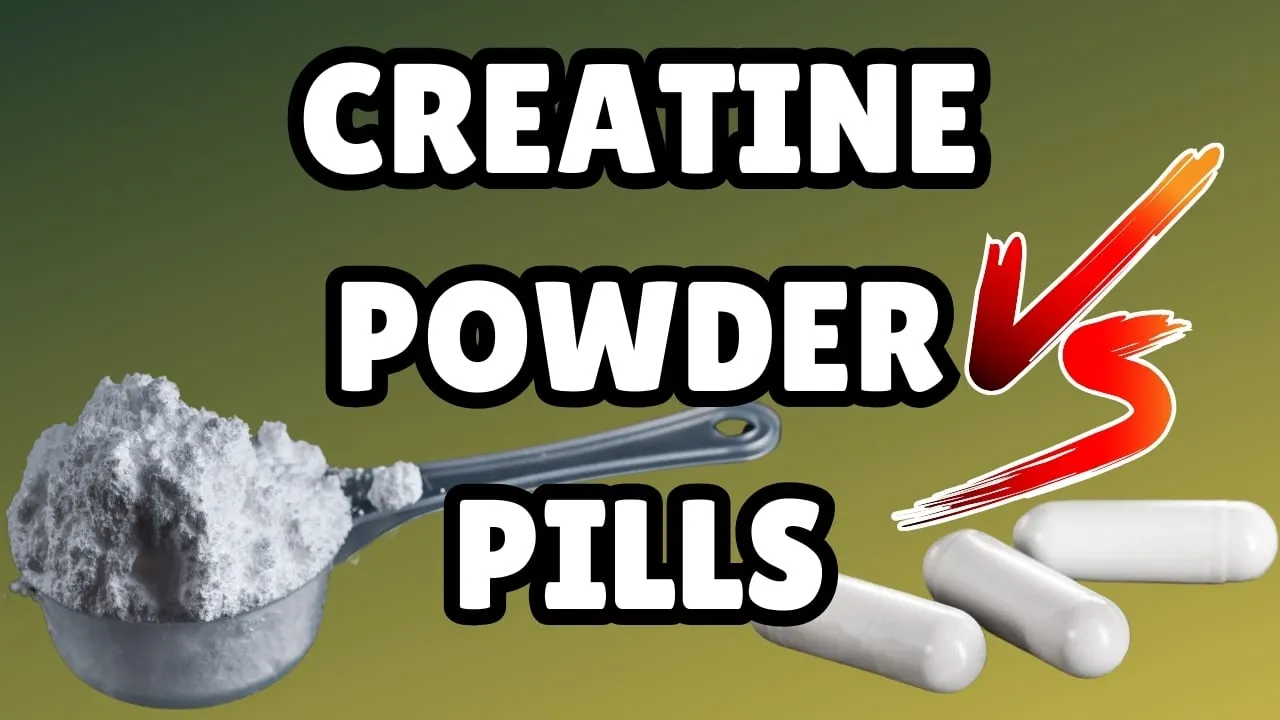Creatine Loading Phase Explained: Benefits & Risks
Understanding the Creatine Loading Phase: Is It Necessary?
Creatine is a popular dietary supplement often used to improve muscle mass and strength.
One debated topic among fitness enthusiasts is whether the creatine loading phase is required.
This article explores the science behind the creatine loading phase, its benefits, and whether skipping it affects the efficacy of creatine supplementation.
Read on to learn how to optimize your creatine intake for maximum results.
Outline
What Is Creatine Loading?
Why Use Creatine?
How Does the Creatine Loading Phase Work?
Is Creatine Loading Necessary?
Benefits of the Creatine Loading Phase
Potential Downsides of Creatine Loading
How to Take Creatine Without Loading
Comparison: Loading vs. Non-Loading Approaches
FAQs About Creatine Supplementation
Summary of Key Points
What Is Creatine Loading?
The creatine loading phase involves taking a high dose of creatine for a short period, typically 5-7 days.
This approach rapidly saturates your muscle creatine stores.
After the loading phase, users transition to a maintenance dose to sustain elevated creatine levels.
Why Use Creatine?
Creatine is a naturally occurring compound found in small amounts in certain foods.
It is stored in skeletal muscle and plays a key role in energy production during high-intensity activities.
Supplementing with creatine can increase muscle strength, enhance performance, and promote muscle hypertrophy. Discover how creatine works.
How Does the Creatine Loading Phase Work?
During the loading phase, users consume about 20 grams of creatine daily, divided into 4-5 doses.
This rapid intake increases muscle creatine stores, allowing you to experience the benefits of creatine more quickly.
After this phase, a maintenance dose of 3-5 grams per day is sufficient to keep creatine levels high.
Compare different forms of creatine, such as creatine powder vs. pills.
Is Creatine Loading Necessary?
While the creatine loading phase can speed up muscle saturation, it is not required.
Without loading, taking a daily dose of 3-5 grams of creatine will still increase muscle creatine levels, though it may take longer—approximately 28 days—to reach full saturation.
Explore the pros and cons of creatine supplementation.
Benefits of the Creatine Loading Phase
Rapid Saturation: Loading allows you to saturate your muscles with creatine in as little as 5-7 days.
Faster Results: Users may notice improvements in muscle strength and performance sooner.
Enhanced Benefits: Quickly reaching optimal creatine levels can maximize the benefits of creatine supplementation during the initial stages of training.
Read about creatine supplementation benefits.
Potential Downsides of Creatine Loading
Gastrointestinal Issues: High doses may cause stomach discomfort or bloating in some individuals.
Increased Water Retention: Loading can lead to temporary water weight gain due to increased muscle hydration.
Cost: Using more creatine during the loading phase may increase supplement costs.
Check out common side effects of creatine.
How to Take Creatine Without Loading
For those who prefer to avoid loading, a daily dose of 3-5 grams of creatine is effective.
This approach gradually increases muscle creatine levels over several weeks.
While the benefits may take longer to manifest, the overall effects of creatine supplementation remain the same.
Learn how to choose the right type of creatine.
Comparison: Loading vs. Non-Loading Approaches
FAQs About Creatine Supplementation
Can I Skip the Creatine Loading Phase?
Yes, skipping the loading phase is fine. Regular daily doses will still provide the benefits of creatine supplementation over time.
How Much Creatine Should I Take Daily?
A maintenance dose of 3-5 grams per day is recommended after the loading phase or for non-loading protocols.
Read more about what to mix creatine with.
Are There Side Effects of Creatine Loading?
Some users experience bloating or stomach discomfort during the loading phase. Drinking plenty of water and splitting doses throughout the day can help.
Check if creatine makes you poop.
What Are the Benefits of Creatine?
Creatine supplementation has been shown to enhance muscle metabolism and performance, support lean muscle mass growth, and improve strength during resistance training.
Studies by the International Society of Sports Nutrition suggest that creatine can help with muscle mass and strength gains, as well as increased energy availability in muscle cells.
What Is Creatine Loading?
Creating loading involves taking a higher dose of creatine, typically 20 grams per day, for 5 to 7 days during the initial loading phase.
This process helps saturate your stores of creatine faster, enabling users to experience the benefits of creatine much sooner compared to a non-loading approach.
Why Choose Creatine Monohydrate?
Creatine monohydrate is the most studied and effective form of creatine. It is highly bioavailable and cost-effective, making it the preferred choice for most people using creatine.
The oral creatine monohydrate protocol often includes a loading phase to maximize benefits quickly.
How Do You Load Creatine?
To load creatine, users typically take 20 grams of creatine per day, divided into smaller doses of about 5 grams each, over 5 to 7 days.
After this phase, the dosage transitions to a maintenance phase of 3-5 grams of creatine per day to sustain elevated creatine concentrations in the muscle.
Are Creatine Supplements Necessary for Everyone?
While creatine is a naturally occurring compound found in dietary sources like meat and fish, supplementation is often recommended for individuals engaging in high-intensity training.
Supplement creatine to maximize muscle creatine storage, improve recovery, and support muscle mass and strength gains.

Summary of Key Points
- The creatine loading phase involves taking 20 grams of creatine daily for 5-7 days, followed by a maintenance dose of 3-5 grams per day.
- Creatine loading is not required to reap the benefits of creatine supplementation.
- Skipping the loading phase takes longer to saturate muscle creatine stores, but the long-term effects are similar.
- Benefits of creatine include increased muscle mass, strength, and enhanced performance during resistance training.
- Choose the approach that best fits your preferences, goals, and tolerance for supplementation.
By understanding the creatine loading phase, you can make informed decisions about your supplementation strategy to achieve optimal results.
For More Training Advice + Diet and Lifestyle visit us Combat Creatine
PS: Make sure you check out the rest of our Training Guides:
Creatine
Creatine Supplements Ultimate Guide
Creatine Supplementation Side Effects
Best Creatine Monohydrate Gummies Review: Top 10 Best Creatine Gummies
